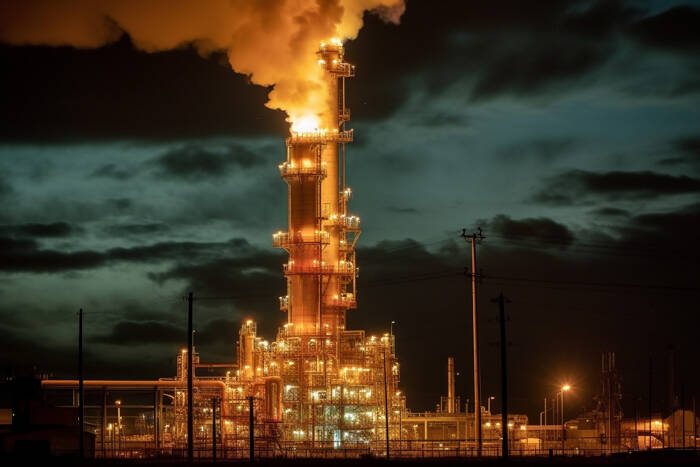Heatwave doesn’t lead to price hike
Despite the start of the hottest August on record, September 2024 natural gas prices closed lower for the fifth straight day on Monday. Weather forecasts are calling for near record hot and cool days (CDD) for much of the next 10 days, which is typically bullish for natural gas demand. NatGasWeather reports that a hot, high pressure system will dominate much of the U.S., with highs in the upper 80s to 100s Fahrenheit range, which will be a strong driver of demand nationwide.
Oversupply weighs on market
The main reason for the summer sell-off is a huge supply glut that is not decreasing as quickly as the market expected. U.S. natural gas production is stable at 102 Bcf/d, leading to a storage surplus that is 16% above the five-year average. This oversupply situation continues to put pressure on prices despite increased cooling demand.
Increased production and decreased employment
The number of drilling rigs in the country is down 14%, but drilling rig productivity is up 20%, leading to lower prices. This increased efficiency led to 2,000 jobs being lost in the upstream oil and gas sector in Texas in June. The industry is adapting to do more with less, which is impacting both jobs and market trends.
LNG development and export
Texas LNG, a subsidiary of Glenfarn Energy Transition, signed a major tolling agreement for 50% of the terminal’s future LNG capacity. The move, combined with previous agreements, will boost future export capacity. LNG exports are strong, with 21 vessels leaving U.S. ports between July 18-24, loading 79 billion cubic feet of LNG.
Market forecast
The near-term outlook for natural gas remains bearish. Despite forecasts of increased demand due to hot weather in August, prices remain under downward pressure due to a continuing supply glut. The market will be closely watching storage injection rates and potential changes in production levels.
Traders should watch the $2.00 price level as a potential support or breakdown point. Failure to sustain this level could open the door for further price declines. However, it could become a temporary price support if the upcoming heat wave significantly impacts storage injections. The interplay between weather-driven demand and solid supply is likely to determine price movement in the coming weeks.

